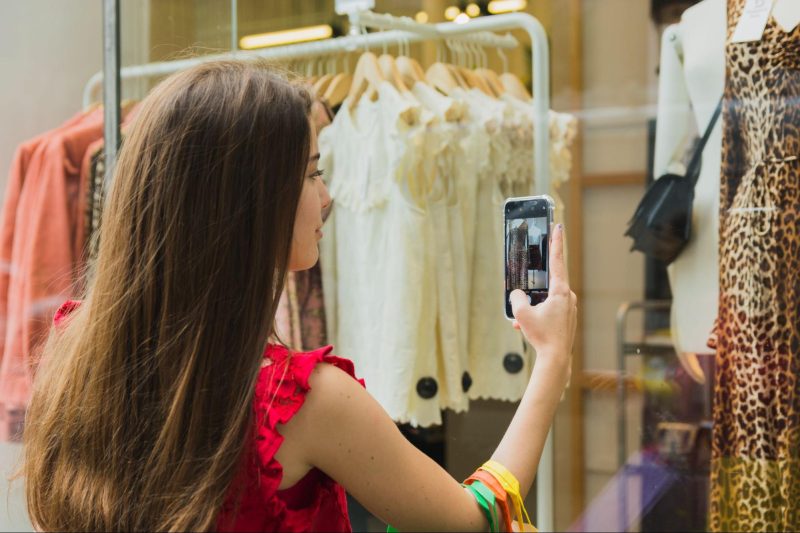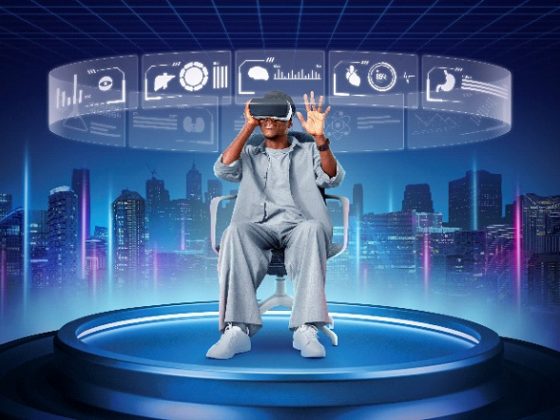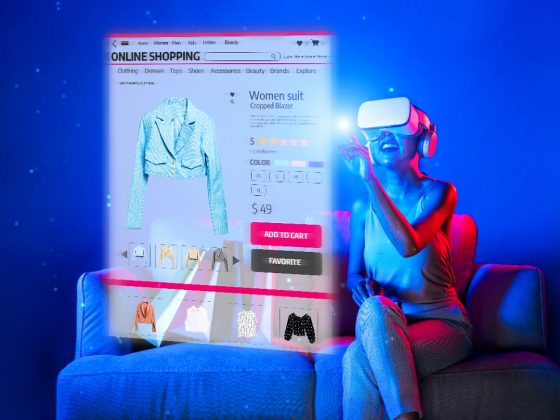He’s equally enthusiastic about AR’s potential. “Imagine being able to try on clothes virtually or visualize how a piece of furniture would look in your home without leaving your living room.This is no longer the future; it’s the present, and it’s happening in India now. AR is revolutionizing industries like fashion, beauty, and home decor,” he explains. Blockchain, too, will have a profound impact, particularly in sectors like luxury goods and food safety. “Consumers are more conscious than ever about where their products come from. Blockchain offers transparency in supply chains, giving people confidence in what they’re buying, whether it’s a high-end designer item or organic food,” he says.
Global Influence, Local Application
While global e-commerce giants like Amazon and Alibaba have set the bar high, Dr. Gianchandani believes that India’s retail landscape is unique. “There’s a lot to learn from these global players, especially when it comes to logistics, customer service, and leveraging data. But at the same time, Indian retailers need to adapt these lessons to our local context,” he emphasizes. India’s vast diversity, from urban tech hubs to rural villages, presents both challenges and opportunities. “In India, we have to think about scale and inclusivity. What works in a Tier-1 city like Mumbai may not work in a Tier-2 or Tier-3 city. We need to innovate for accessibility, affordability, and trust,” Dr. Gianchandani explains. He stresses the importance of localizing global strategies. “For example, while subscription models or premium delivery services may work in developed markets, in India, there’s still a large focus on building trust with first-time online shoppers. We have to create solutions that are grounded in the realities of our market,” he adds.











